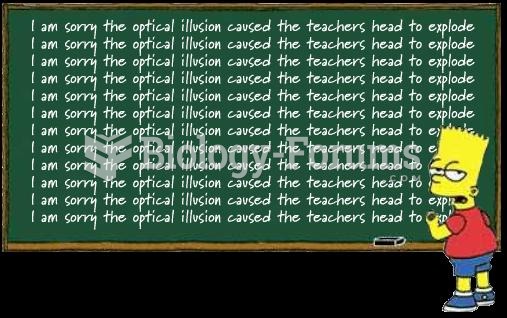Answer to Question 1
Reflective teachers think about what they do, what their goals are, whether those goals are worthy, and whether their means for achieving those goals are appropriate. They are constantly evaluating their approaches and are aware of the extent to which scientific evidence supports their choices. Reflective teachers are aware of their students' needs and of whether their chosen approaches to learning are appropriate for all students. They are constantly trying to determine whether their job can be done better and are constantly evaluating their own work.
For example, a teacher wishing to teach a lesson in biology may discover that the approach to teaching a certain lesson appears too difficult or boring to the class. A reflective teacher will realize this right away and try to do something about it, possibly by formulating a hypothesis about why the students are bored or uncomprehending, and will choose a different approach with this hypothesis in mind. If the change in strategy works for most of the class, but a few students remain bored or restless, the teacher may try a different approach with these particular students. Being a reflective teacher requires the teacher to be both scientist and artist, as described in the previous answer.
Answer to Question 2
Teaching is considered by some to be an art because the conditions under which teachers work and the way in which students respond are highly unpredictable, thereby requiring teachers to engage in a fair amount of improvising. Consequently, teaching can not be reduced to a set of procedures or prescriptions that are memorized and automatically run off, but involve making many on-the-spot and longer-term decisions that flow as much from one's motives, beliefs, and values, as from any body of formal knowledge. In other words, effective teachers are flexible in their use of specific teaching techniques, can communicate with students in different ways, can modify a lesson in just the right way when the need arises, and willingly work around impediments.
On the other hand, a considerable body of relevant research evidence exists that can provide a solid foundation for much of what teachers do. Examples include providing students with increased time to learn, structuring upcoming lessons with instructional objectives and pretests, using questions and homework to keep students motivated, and providing corrective feedback and verbal reinforcement.
These two approaches can be combined under the label, The Teacher as Artistic Scholar. This means that teachers should not only be aware of what research has to say about the many topics that relate to classroom learning, but should also be aware of the limits of research in order to avoid an overly rigid or mechanical approach to teaching. For each lesson and group of students, teachers need to be able to figure out how to best use research findings to meet their instructional goals.







